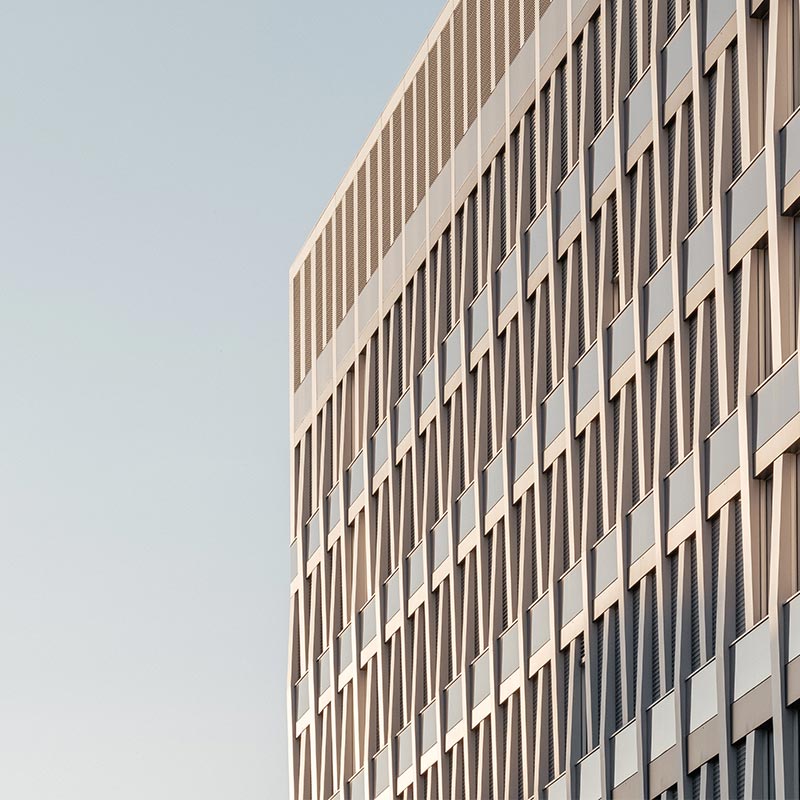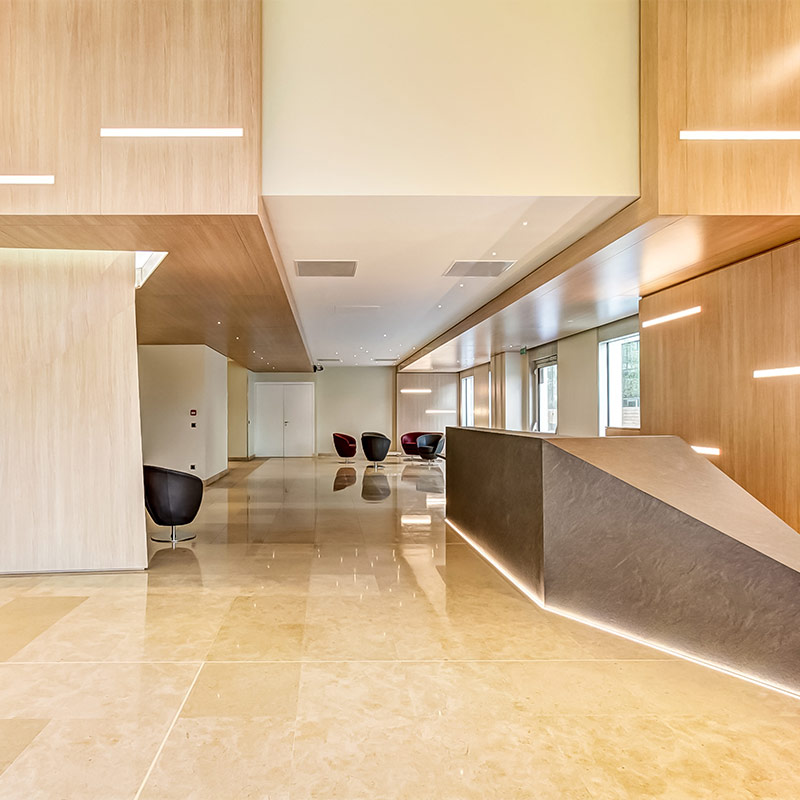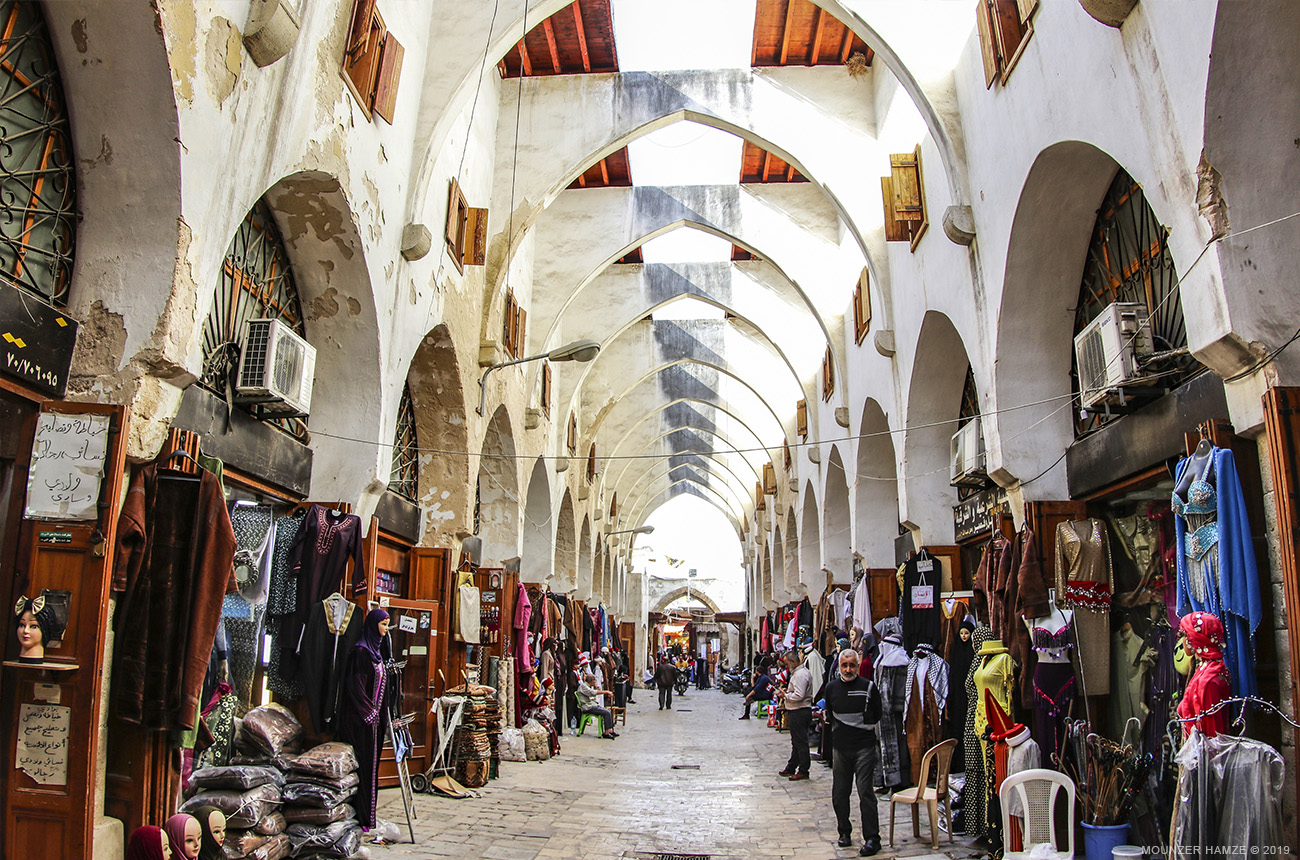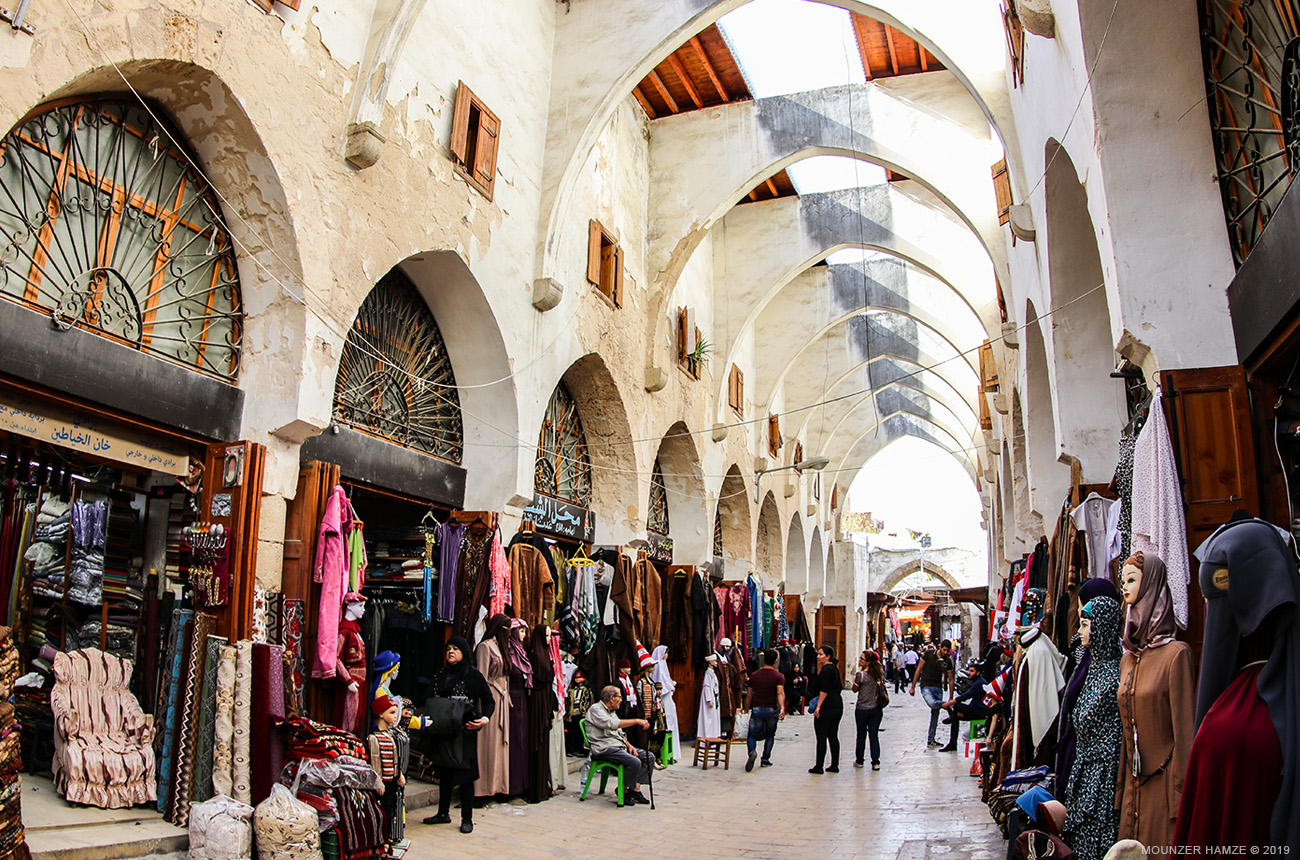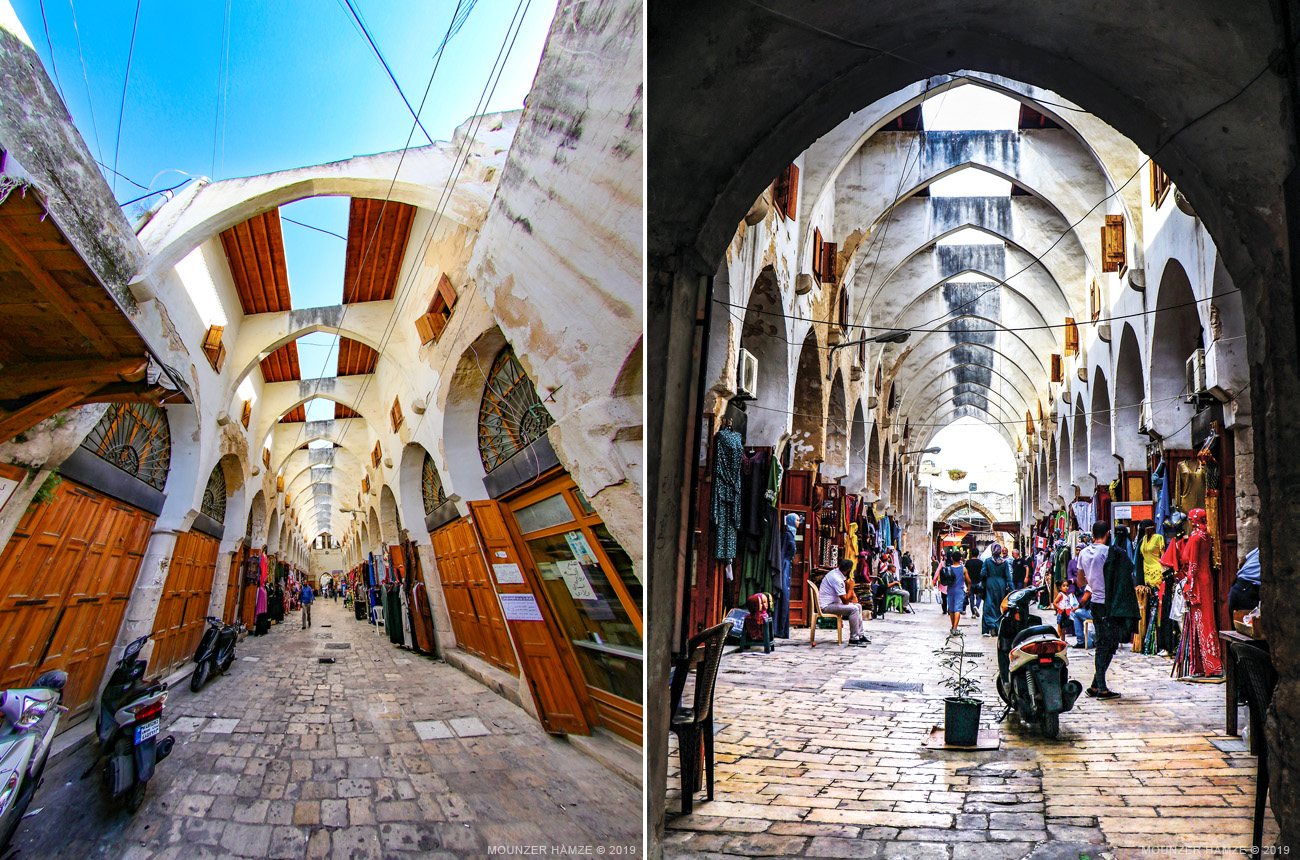It is one of the most beautiful Mamluk Khans of Tripoli. It is characterized by its unique design consisting of a long yard partially roofed similar to a street, a cluster of shops to the right and left, eastern and western gates at each end.
There is no document or historical plaque that specifies the construction date of this Khan, while some historians confirm that it was built in the 14th century by the Mamluks, with reference to the remains of two columns and crowns dating back to the Byzantine era located in front of the Khan’s western gate, in addition to Byzantine monuments at Hammam Ezzeddine entrance which emphasize the existence of a Byzantine building in the same place where the Hammam and Khan were erected.
It was called “Caesarea”, a Roman word for the roofed market where the ground floor was for manufacture and sale while the first floor was for visitors’ accommodation.
Tripoli’s historian, Dr. Omar Abdulsalam Tadmouri stated that Tripoli was under the crusaders’ reign before the invasion of the Mamluk. It was famous for weaving textiles and silk where trade flourished and tons of textiles were exported to Europe. When the Mamluks arrived to Tripoli they found four thousand weaving looms confirming the prosperity of this industry. The Khan was named Khan AL-Khayatine (Tailors Inn) because it was a center for the textile and clothing industry. It was called “Caesarea”, a Roman word for the roofed market where the ground floor was for manufacture and sale while the first floor was for visitors’ accommodation.
